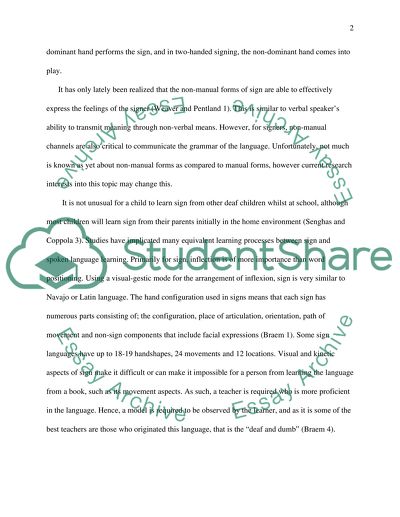Cite this document
(Sign Language Issues Term Paper Example | Topics and Well Written Essays - 1500 words, n.d.)
Sign Language Issues Term Paper Example | Topics and Well Written Essays - 1500 words. https://studentshare.org/journalism-communication/1505941-sign-language
Sign Language Issues Term Paper Example | Topics and Well Written Essays - 1500 words. https://studentshare.org/journalism-communication/1505941-sign-language
(Sign Language Issues Term Paper Example | Topics and Well Written Essays - 1500 Words)
Sign Language Issues Term Paper Example | Topics and Well Written Essays - 1500 Words. https://studentshare.org/journalism-communication/1505941-sign-language.
Sign Language Issues Term Paper Example | Topics and Well Written Essays - 1500 Words. https://studentshare.org/journalism-communication/1505941-sign-language.
“Sign Language Issues Term Paper Example | Topics and Well Written Essays - 1500 Words”. https://studentshare.org/journalism-communication/1505941-sign-language.


